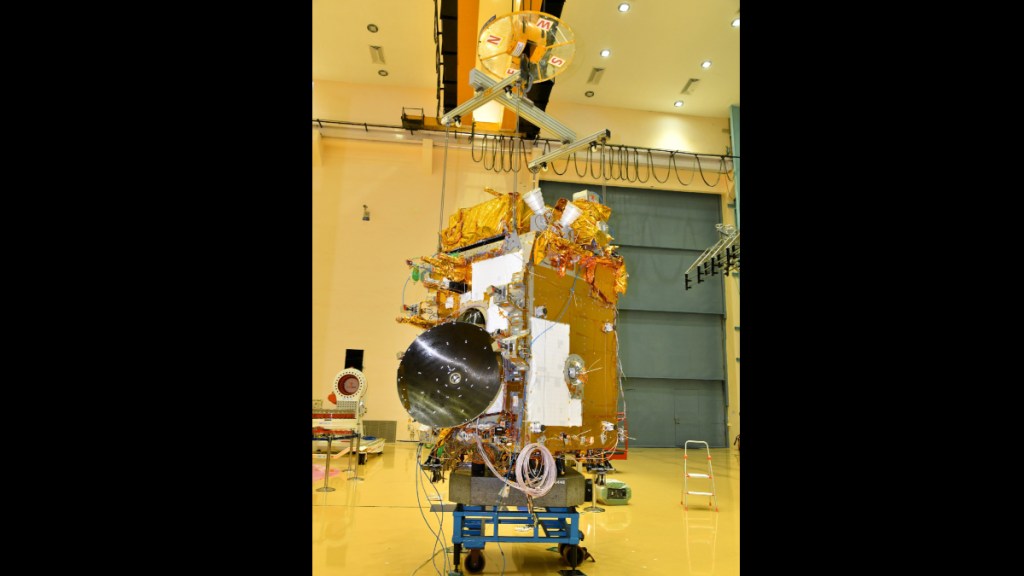After the resounding and thunderous success of India’s Chandrayaan-3 mission to Moon’s South Pole, all eyes are set on ISRO’s next big mission to the Sun, the Aditya L1 mission.
What is the Aditya L1 mission?
The mission is India’s first space based mission to study the Sun. It aims to place a spacecraft in a halo orbit around the Lagrange point 1 (L1) of the Sun-Earth system, which allows for a unique vantage for solar observation. This point is 1.5 million kilometres away from our planet.
Aditya L1 mission launch date
ISRO aims to launch the mission in early September from Satish Dhawan Space Centre SHAR (SDSC SHAR), Sriharikota.
Why is India sending a spacecraft to the L1 point?
The L1 point around the Sun has strategic significance. A satellite positioned there will be able to view the Sun continuously without any obstruction caused by occultation or eclipses. This will allow for a greater advantage of observing the solar activities and their direct influence on space weather in real-time.
The mission will study the photosphere, chromosphere and the outermost layers of the Sun. It will be using electromagnetic and particle and magnetic field detectors. The Aditya L1 mission will see the spacecraft carry seven payloads. Cashing in on the designated location, four payloads will directly view the Sun, while the remaining three will be conducting in-situ studies of particles and fields at the Lagrange point L1. This will pave the way for crucial scientific studies of the propagatory effect of solar dynamics in the interplanetary medium, as per ISRO. The team expects to get crucial information about the issue of coronal heating, coronal mass ejection, pre-flare and flare activities and their characteristics and dynamics of space weather, among other things.
Major objectives of Aditya L1 mission
Take a look at some of the major objectives of India’s ambitious mission to the Sun.
- Firstly, the team aims to study the Solar upper atmospheric dynamics.
- Look into the driving forces behind the space weather (origin, composition and dynamics of solar wind)
- Magnetic field topology and magnetic field measurements in the solar corona.
- Physics of solar corona and its heating mechanism.
- Study of chromospheric and coronal heating, physics of the partially ionized plasma, initiation of the coronal mass ejections, and flares.
Payloads
Among the payloads the spacecraft will be carrying, four will be carrying out remote sensing of the Sun and three of them carrying in-situ observation.
Remote Sensing Payloads – Visible Emission Line Coronagraph(VELC), Solar Ultraviolet Imaging Telescope (SUIT), Solar Low Energy X-ray Spectrometer (SoLEXS) and High Energy L1 Orbiting X-ray Spectrometer(HEL1OS).
In-situ payloads – Aditya Solar wind Particle Experiment(ASPEX), Plasma Analyser Package For Aditya (PAPA) and Advanced Tri-axial High Resolution Digital Magnetometers.
